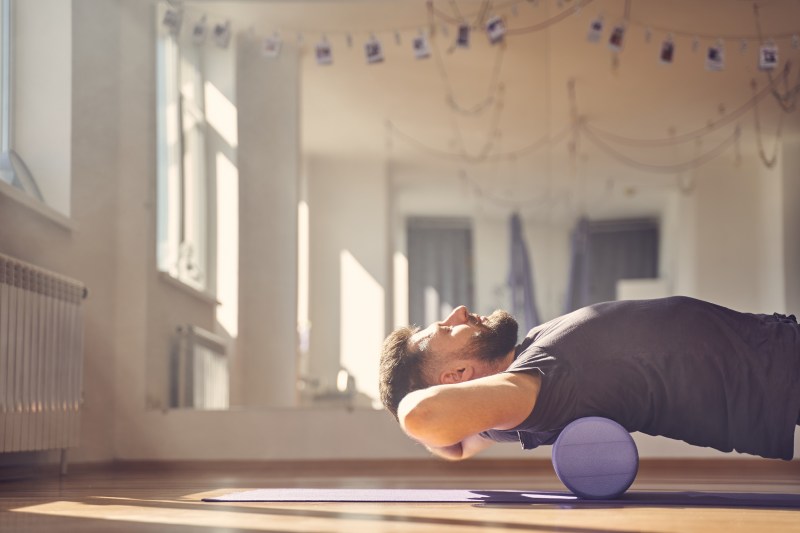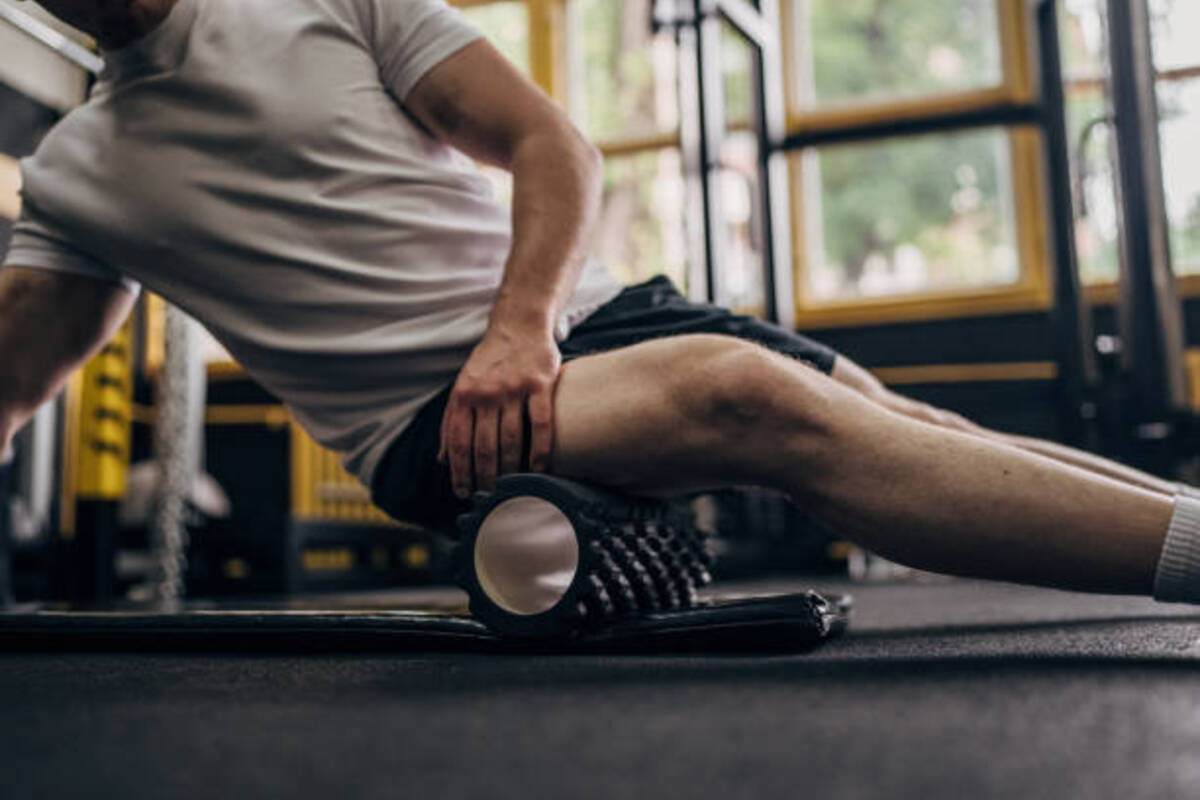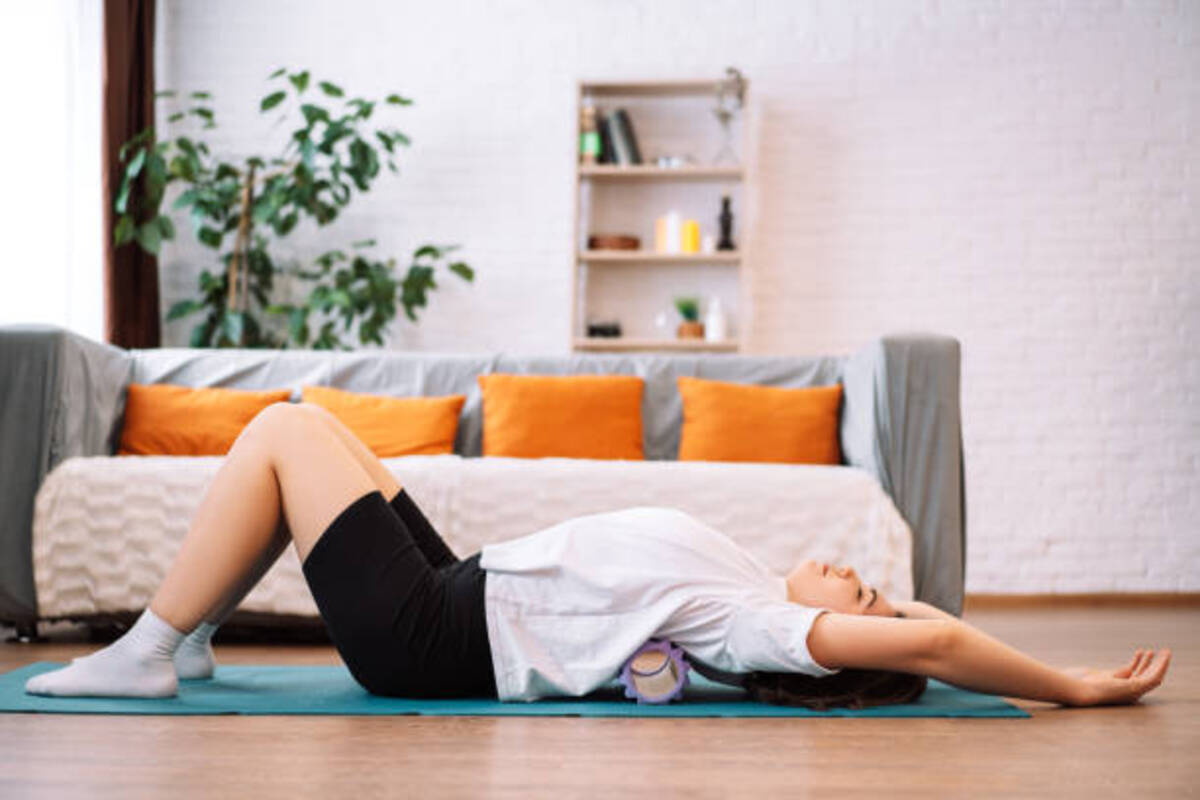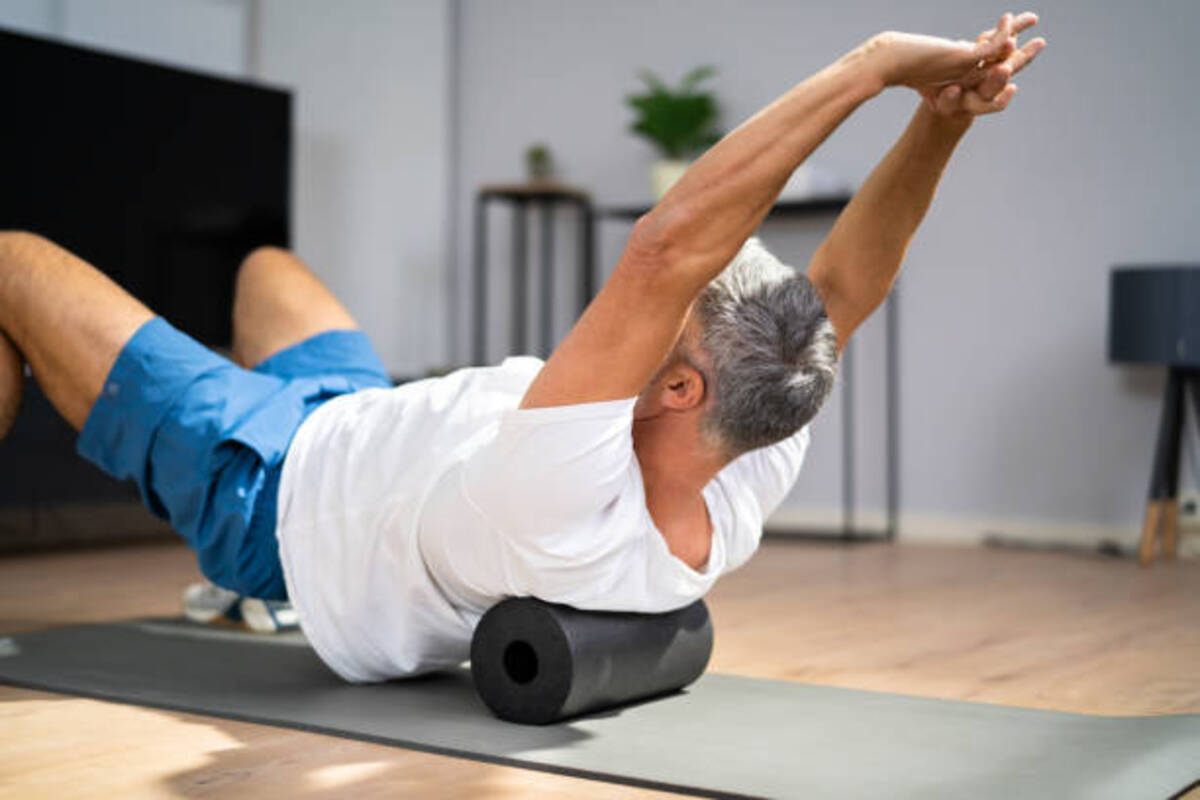
So many of us are on a mission to maximize our wellness by increasing our physical fitness. One way this can be achieved is by using a foam roller.
This tool will support your body and offset the stresses that various daily tasks can cause. Not only will your body be able to support everyday activities better, but you’ll get more out of your workouts as well because the foam roller will loosen your muscles and amplify your ability to execute free movements.
Using a foam roller can be an easily accessible and affordable way to upgrade your body’s performance and recovery. This is an integral facet of maintaining a fit body. Our bodies should be primed to support various types of physical tasks, and we should be able to recover thoroughly from the physical tasks with reduced risk of exceptional stress, fatigue, or strain on the body.

What is a foam roller used for?
A foam roller is used to soothe tension and enhance the functionality of your workout. This is done by improving the mobility and flexibility of your joints. This instrument is described as a self-myofascial release tool, meaning this self-massaging tool can work on your muscles and connective tissues.
When using the roller, the tensions and knots are loosened by stimulating the nervous system. With this stimulation, signals are sent to the spinal cord, as well as to the muscles and tissues, to promote relaxation.
As a result of this, your range of motion and flexibility can be improved, and there is also enhanced blood flow. These upgrades can optimize your warmup before a workout as well as your recovery following a session.

Can a foam roller help your back?
You can use a foam roller for back massages and exercises and to help relieve any back issues. A massage with a foam roller can ease any tension you might have in your upper back. For this purpose, you can lie down with the foam roller underneath your back, rolling it up and down your spine. This will help to ease the tight spots and alleviate pain.
Consistently engaging in foam roller exercises will be beneficial because of the boost provided to your core strength. This may be a key component of reducing lower back pain. A stronger core can allow you to build up your endurance during your workouts and can also lower the risk of injury. This will be advantageous not only for your workouts but also for everyday tasks and carrying loads. In addition to this, back strength is vital for maintaining posture and weight bearing.

5 foam roller exercises that benefit your back
Lats stretch
Lat workouts are often overlooked, but you’ll want to give them their proper focus because the lats make up the largest muscles of your back. Additionally, the lats have the significant role of providing stability for the spine.
One of the effective back exercises is to use the foam roller to work your lats. This is important for developing your upper body strength, including your core and your trunk. The latissimus dorsi muscles drive the functionality of your upper body.
Instructions:
- Begin by lying down, either on your right or left side, and place the foam roller underneath your shoulder.
- If you start by lying on your right side, keep your right leg on the floor for stability. Firmly press your left foot into the floor.
- You’ll roll the foam roller from your underarm down to the middle of your back.
- You can slow down to give special attention to any sensitive areas.
- Do this for up to one minute, completing five rolls per 30 seconds.
- Start with two to three repetitions, and then increase as you see fit, alternating between the right and left side.
Upper back extension roll
Another effective foam roller workout is the upper back extension. Not only can you maintain upper body strength, but you can also work on your shoulders and arms. If you get shoulder pain from carrying many bags or heavy loads or from sitting at a computer all day, this may be an effective exercise to do throughout the week.
Instructions:
- Start by lying down straight on your back. Bend your knees and keep your feet on the floor.
- Place your foam roller under your upper back, just beneath your shoulder blades.
- Fold your arms over your chest as if giving yourself a hug. Lift your upper body slightly.
- You can move your foam roller higher or lower on your upper back, depending on where you may feel tension.
- Repeat the lifting and lowering of your upper body until your back starts to relax.
Lower back roll
Don’t be afraid to give attention to your lower back muscles. Just be mindful when doing lower back variants of your workouts, as you don’t want to apply a lot of pressure to this area. By doing lower back exercises with a foam roller, you’ll be able to alleviate any lower back strain while supporting your movements and recovery.
Instructions:
- Stretch out on your back with your foam roller positioned horizontally underneath your lower back.
- Bend your knees and bring them into your chest, slowly and carefully.
- Place your hands on your shins for extra stability.
- Next, shift your weight to the left side, lifting the right side of your lower back off the foam roller slightly.
- Pause for a moment and then shift your weight to the right side.
- Alternate from side to side for a minute and then follow up with two or three repetitions.
Spinal support exercise
As you work on your back exercises, don’t forget to give your spinal region some attention. Lightly massaging this area will enhance your posture and skeletal structure. Without this support, you’ll have a hard time keeping your body upright, and flexibility could be threatened as well.
Instructions:
- Stretch out, lying on your back and bending your knees as you do so.
- The foam roller should be positioned horizontally across your upper back, underneath your shoulder blades.
- Rest your hands behind the base of your skull as if in a casual or reclined position.
- Lift your hips upward to push the roller up to your shoulders.
- Do this for several seconds, and then work the roller down to the middle of your back.
- Do this for four or five repetitions.
Thoracic rotations
Another exercise that gives attention to your back and your spine is the thoracic rotation. Doing this workout will improve spinal mobility and support your ability to bear weight. Additionally, your abdominal muscles will be amplified.
Instructions:
- In the push-up position, place your foam roller on the side of your arm.
- If the roller is on the side of your left arm, place the back of your right hand on top of the roller, between your left arm and your thighs. It should look as though your arms are crisscrossed.
- Breathe deeply so that your navel draws in towards your spine.
- As you move the roller away from your body, rotate your spine.
- Begin by completing three sets of five reps alternating on each side.

How often should you use a foam roller to help back issues?
Combining foam rolling with back workouts can be a great way you ensure that you get more mobility work in. While you need to limit back exercises to two to three times per week, you can do foam rolling daily.
Editors' Recommendations
- Working out on keto: Maximize your fitness plan with this handy guide
- How to do a goblet squat: Your complete guide
- Sound therapy to improve your workouts: does it really work?
- How to do skull crushers the right way: The do’s and don’ts you need to know
- 5 effective resistance band exercises for developed hamstrings



